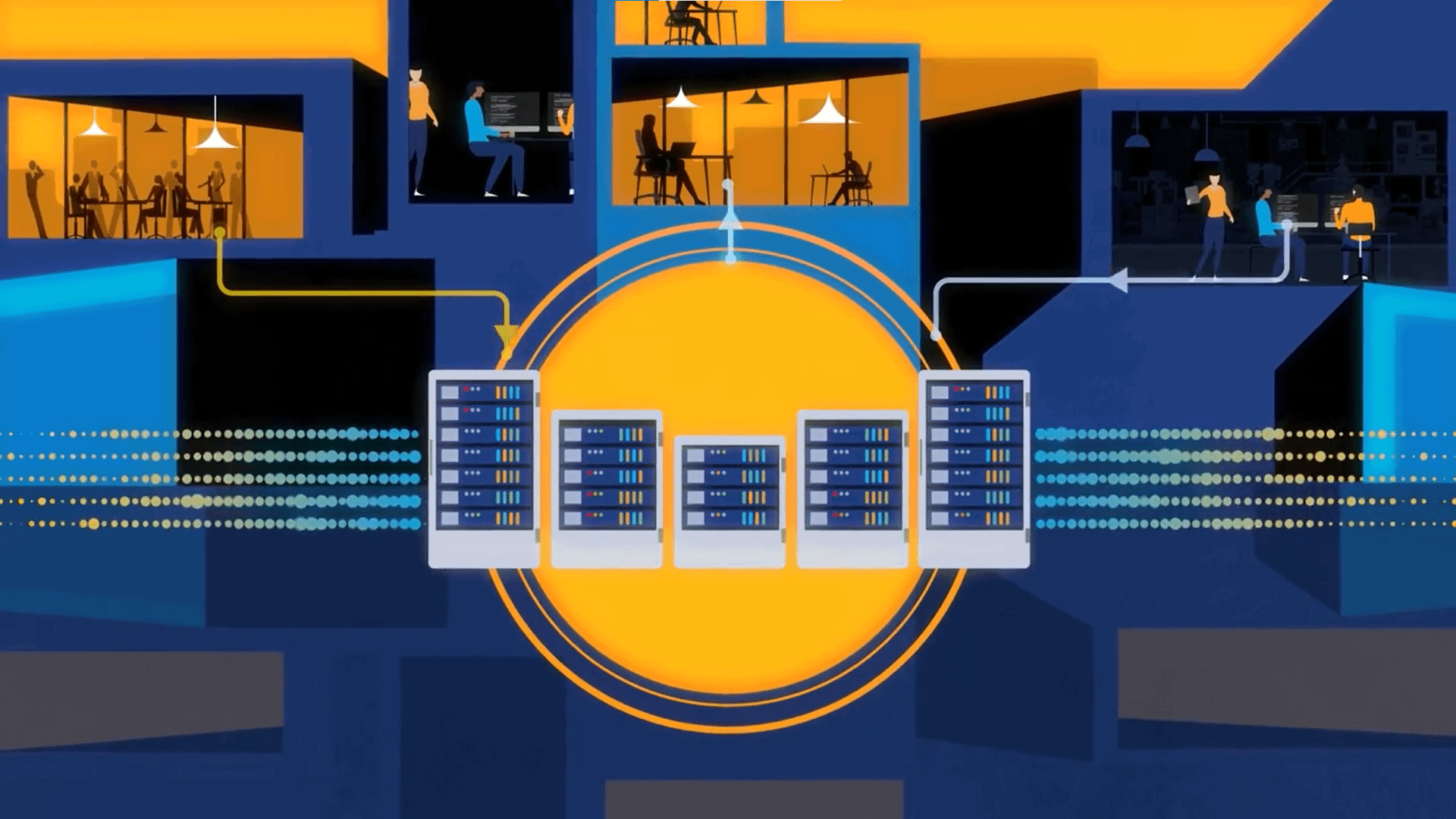
IoT data is the fuel that powers adaptive edge intelligence. By analyzing IoT data directly at the edge, organizations gain the ability to interpret context the moment it occurs.
American bank robber Willie Sutton is famous for answering a reporter’s question about why he robbed banks with “because that’s where the money is.” A comparable type of thinking is now driving analytics and AI to the edge…it’s where the data is. That is driving an interest in adaptive edge intelligence.
A look at the IoT market provides one indication of the volume of data available for analysis to make real-time decisions. According to an IoT Analytics report on the state of IoT in 2025, the number of global IoT devices is expected to grow 14% in 2025 to 21.1 billion, up from 18.5 billion in 2024. And the market is forecast to reach 39 billion connected IoT devices by 2030; over 50 billion by 2035.
“Our data shows that 2025 marks a renewed acceleration in IoT device growth, driven by Wi-Fi, Bluetooth, and cellular technologies,” said Knud Lasse Lueth, CEO at IoT Analytics, in a release to announce the company’s findings. “As billions more devices come online, their data will increasingly fuel artificial intelligence and become the foundation for more intelligent systems across industries.”
See also: Beyond Latency: The Next Phase of Adaptive Edge Intelligence
Implications for Adaptive Edge Intelligence
As organizations push deeper into digital transformation, the volume of data created at the edge in factories, energy grids, vehicles, retail stores, hospitals, and more continues to surge.
Latency, bandwidth limits, and privacy constraints make it impractical to send every data point back to a centralized data center for processing. Traditional cloud-centric architectures struggle to keep pace. As a result, organizations are turning to adaptive edge intelligence, which brings real-time analytics and decision-making directly to the source of data, enabling systems to sense, interpret, and act instantly.
IoT data is at the heart of adaptive edge intelligence. It is generated continuously by sensors, machines, and devices. Unlike batch-oriented cloud analytics, edge intelligence processes data streams the moment they are created. It “adapts” by learning from local conditions and adjusting models or rules in real time, even under changing environments.
Real-World Use Cases
Adaptive edge intelligence transforms raw IoT data into immediate, actionable insight. By processing data at the point of generation, organizations gain speed, resilience, and autonomy, unlocking a new era of smarter, more responsive operations.
The technology has numerous applications across many industries. Some examples of its use include:
1. Industrial machinery optimization
Factories deploy vibration, temperature, and pressure sensors on critical equipment. Edge-based models detect anomalies as soon as they appear, milliseconds after a sensor reading deviates from normal. Instead of waiting for cloud analysis, machines can automatically throttle down or shut off to prevent catastrophic failure. This minimizes downtime and reduces maintenance costs.
2. Smart energy and grid balancing
Power utilities use IoT-enabled meters, line sensors, and renewable energy inverters to monitor grid conditions. Edge AI analyzes frequency and load fluctuations in real time, enabling microgrids to autonomously rebalance or isolate sections during instability. This ensures resilience, especially important with intermittent renewable sources.
3. Retail loss prevention and shopper insights
Cameras and shelf sensors process video and weight data at the edge to identify suspicious behavior or stock-outs instantly. Instead of sending large video streams to the cloud, edge devices trigger immediate alerts to store associates, reducing shrinkage and improving on-shelf availability.
4. Autonomous vehicles and mobility systems
Vehicles analyze lidar, radar, and camera data locally to make instantaneous navigation and safety decisions. Sending this data to the cloud would be far too slow; edge intelligence is the only viable approach when human lives rely on sub-second reactions.
A Final Word on IoT and Adaptive Edge Intelligence
IoT data is the fuel that powers adaptive edge intelligence. Sensors embedded in machines, vehicles, buildings, and infrastructure continually capture high-resolution signals about the physical world. Because this data is generated at extremely high frequency and often reflects conditions that change in milliseconds, its value diminishes rapidly if it must travel to a distant cloud for processing.
By analyzing IoT data directly at the edge, organizations gain the ability to interpret context the moment it occurs. This immediacy enables systems to respond to anomalies, optimize performance, or prevent failures without relying on remote compute resources.
Just as important, IoT data allows edge systems to adapt over time. Localized machine learning models can continuously refine their understanding of normal behavior based on the patterns they observe in nearby devices and environments. Instead of static, centrally trained logic, edge intelligence becomes situationally aware, learning the nuances of a specific factory line, a unique building’s occupancy patterns, or a vehicle’s driving environment. This continuous loop of sensing, analyzing, and adapting turns IoT data from a raw stream into a strategic asset, enabling smarter, safer, and more autonomous operations.






























